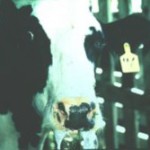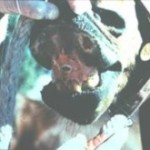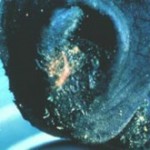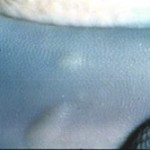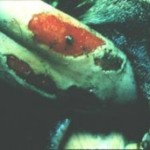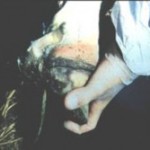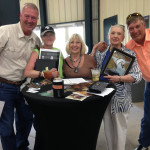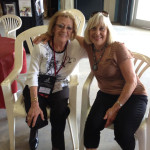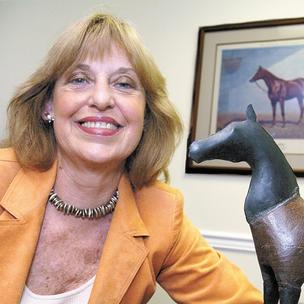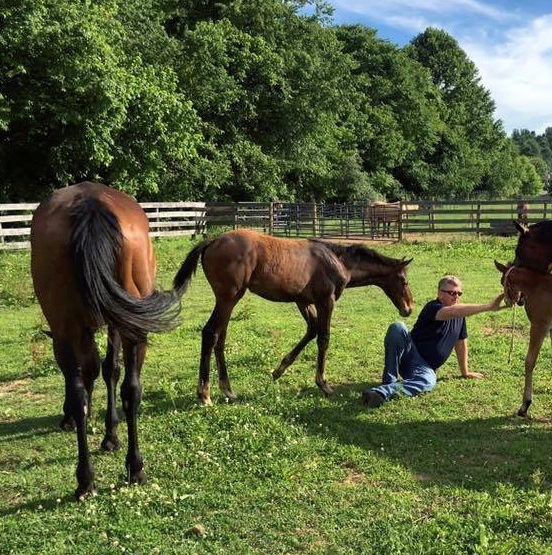
A kill-pen broodmare and her wry-nosed filly, once destined to die in a foreign slaughterhouse, are now a powerful force for good as they help those who suffer from post-traumatic stress disorder, brain injury and mental illnesses.
Mabeline (JC: Murphy’s Code), who was heavily pregnant with her new filly Lady Liberty last February when she was plucked from the concrete holding facility at the New Holland Auction, now serves to comfort and steady those visiting veterans who arrive at the New Freedom Farm in Buchanan, Va.
The pair of Thoroughbreds, saved in a massive effort to rescue a pregnant broodmare band from the New Holland Auction, now spends any given day nuzzling veterans, giving new strength to people still fighting their own internal wars.
Murphy’s Code
Sire: Pleasant Tap
Dam: Royals Galore, by Muscovite
Foal date: Jan. 28, 2001“The reason I wanted to pair horses with veterans, or anybody suffering with post-traumatic stress disorder, brain injury, anxiety, depression, or substance abuse is because in order to heal, a person first needs to feel present. And in order to be around horses, (and stay safe) you have to be very present at all times,” says Lois Dawn Fritz, a Navy veteran and forensic nurse examiner. Fritz and her husband Mitchell, whom she nicknamed Mr. Budget, recently named their new farm New Freedom in honor of the rescued Thoroughbreds, and opened their doors to those seeking to transport themselves from their cares and worries to a place of peace.
“Two months ago, I had a Marine veteran who literally sat out in a field with them,” Fritz says. “He said after that it felt comfortable and peaceful, and he could tell by looking at them that they’d had a rough life.”
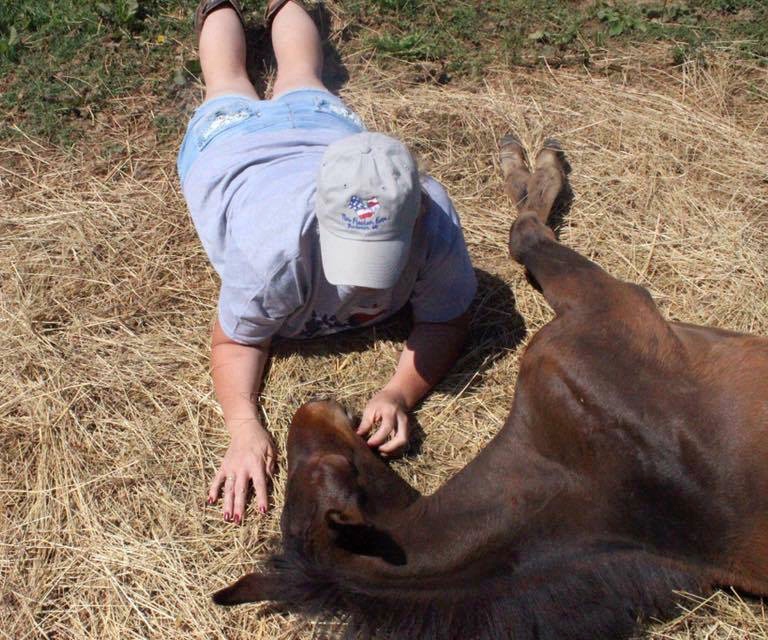
She adds, “I think Mabeline, who wasn’t a successful racehorse, but who was in a high-pressure environment as a broodmare, can relate to a veteran who has had a high-pressure life.”
Mabeline was rescued along with a band of pregnant broodmares in a large-scale effort led by Vermont charity Gerda’s Animal Aid. At the time, the Fritz’s had little interest in taking on the expense and responsibility of a broodmare and foal. But when it appeared the mare had nowhere else to go, they stepped up to face the surprising challenges that soon followed.
Weeks after Mabeline arrived, Fritz’s husband prepared for what turned out to be a hard birth by attending a seminar at a nearby breeding farm. The breeder offered her husband a free seat in the expensive class after learning how the couple had helped the mare in need. And the knowledge gained saved the day when Mabeline started to give birth on March 31, Lois Fritz says.
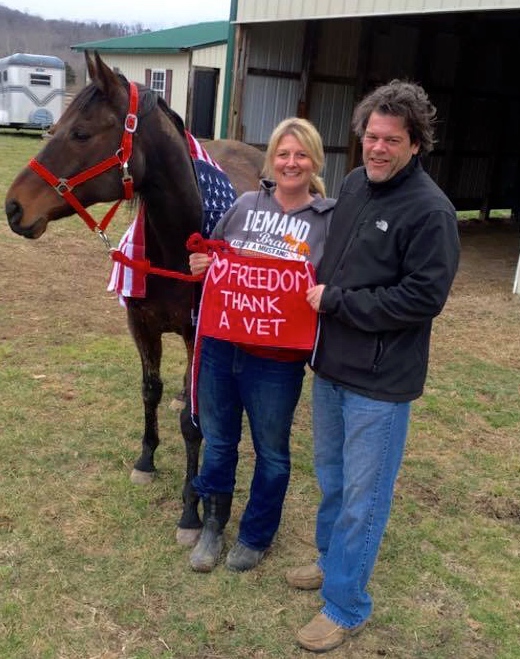
“When Mabeline started to deliver Liberty, only one foot came out, and not much else was happening. I ran to the house to get my husband, and he came back with an instructional booklet he received in the course,” she says. “He stood outside the stall while I was inside, and read it to me.” As professional help was en route, Lois Fritz pulled down Liberty’s other leg, and helped her rush feet first into her new life.
But the initial challenges were only beginning.
After it became clear that the filly’s face was a little different, and sported a slightly crooked, or “wry nose,” Lady Liberty’s health took a turn. “She almost seemed to have a case of failure to thrive,” she says, noting that after the filly was transported to veterinarians at Virginia Tech she was treated for pneumonia and impaction.
Since her arrival, Lady Liberty has had her ups and downs with her health. But she grows stronger. And, she has become an integral part of the Fritz family’s burgeoning nonprofit charity, which opens its doors to Veterans Administration patients, and anyone wishing to come meet the horses. “On Friday I had a group of veterans out to the farm from our local VA hospital, and I noticed in particular that they were looking at Liberty and her deformity,” she says. And then they saw past it, to the survivor who offers her muzzle and soft comfort to those hardened and hurt by life.
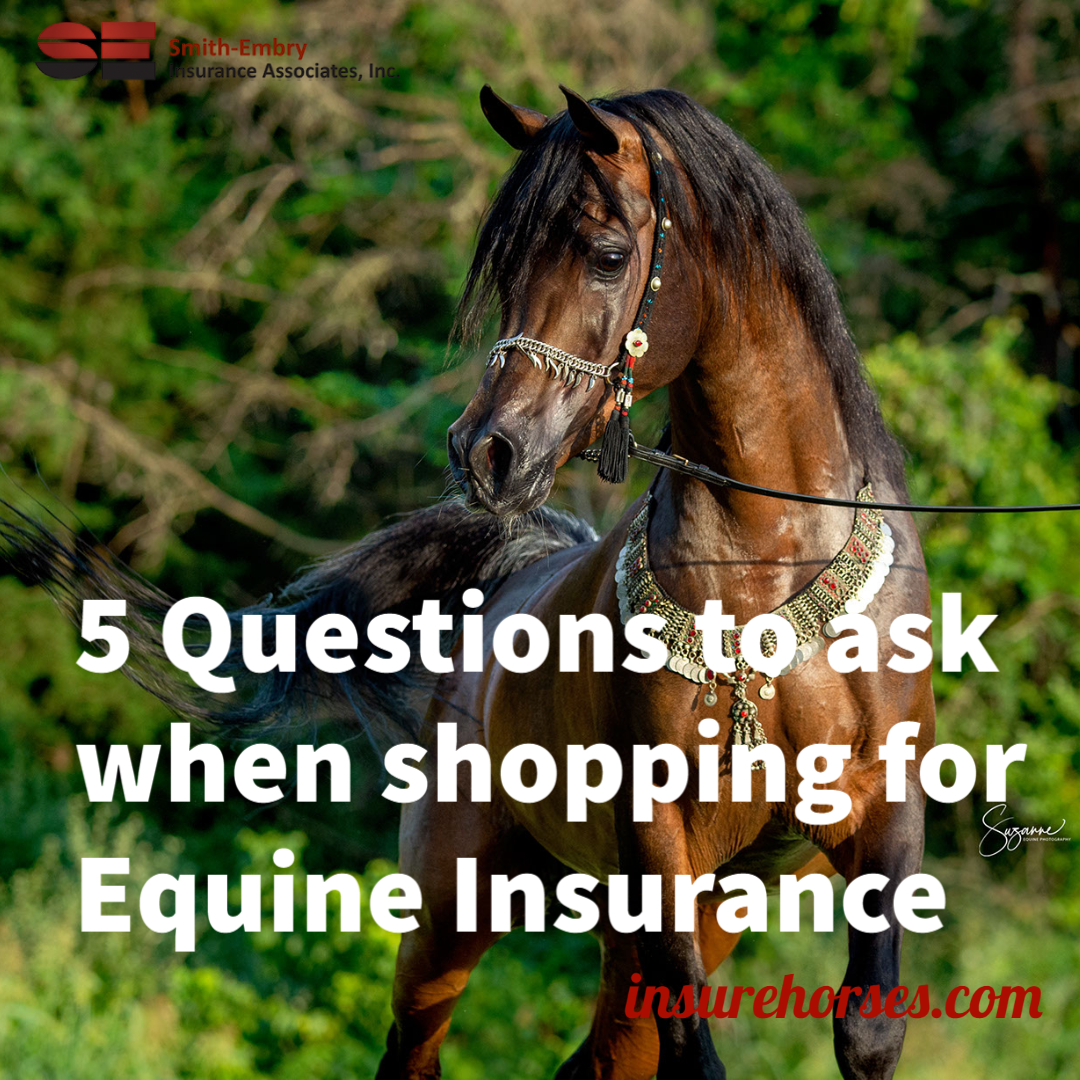
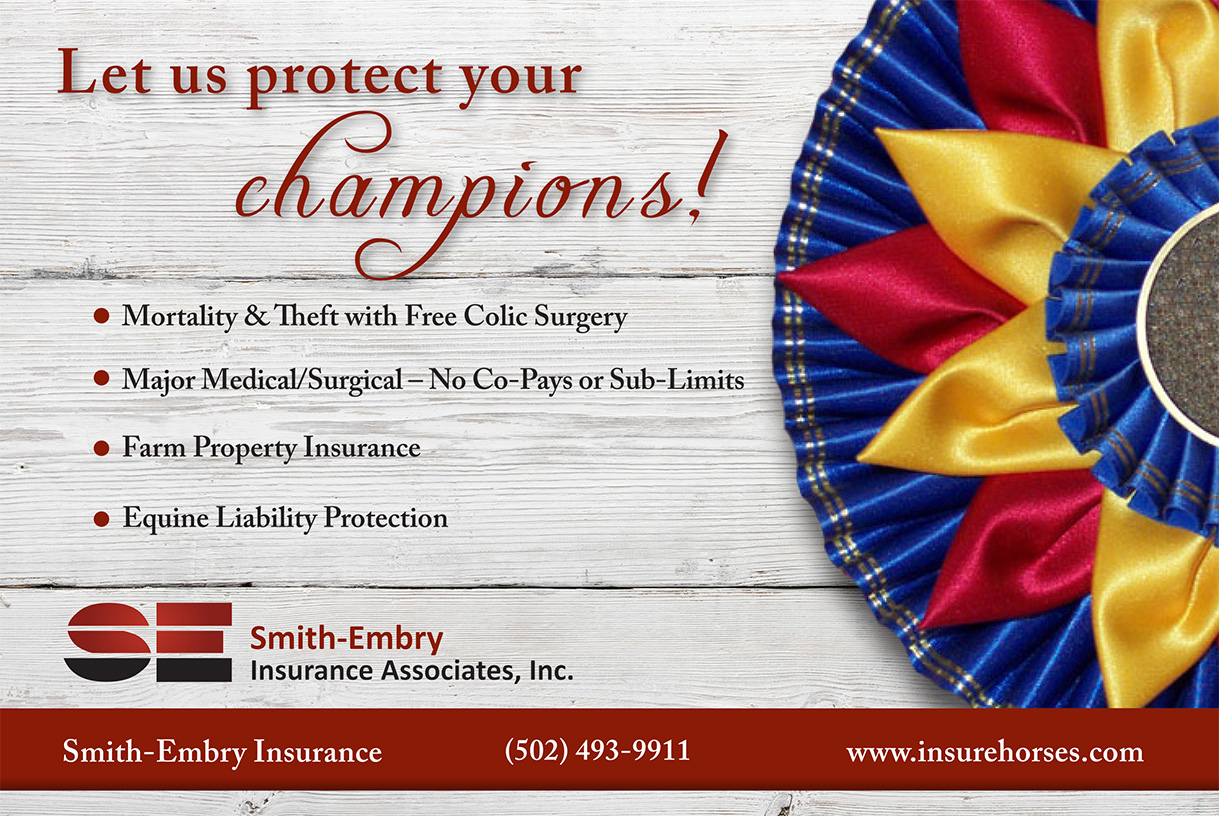

 I had not met Cindy in person, but when we found each other that afternoon, she was visibly shaken by the experience of seeing the beautiful Egyptian Arabians entering the ring for the class and watching them show brought tears to her eyes and many wonderful memories. During the day and the barn parties, I was able to introduce her to Anna Bishop, as well as many of my friends and clients. Cindy was able to nuzzle up to some wonderful horses and take numerous photographs.
I had not met Cindy in person, but when we found each other that afternoon, she was visibly shaken by the experience of seeing the beautiful Egyptian Arabians entering the ring for the class and watching them show brought tears to her eyes and many wonderful memories. During the day and the barn parties, I was able to introduce her to Anna Bishop, as well as many of my friends and clients. Cindy was able to nuzzle up to some wonderful horses and take numerous photographs.